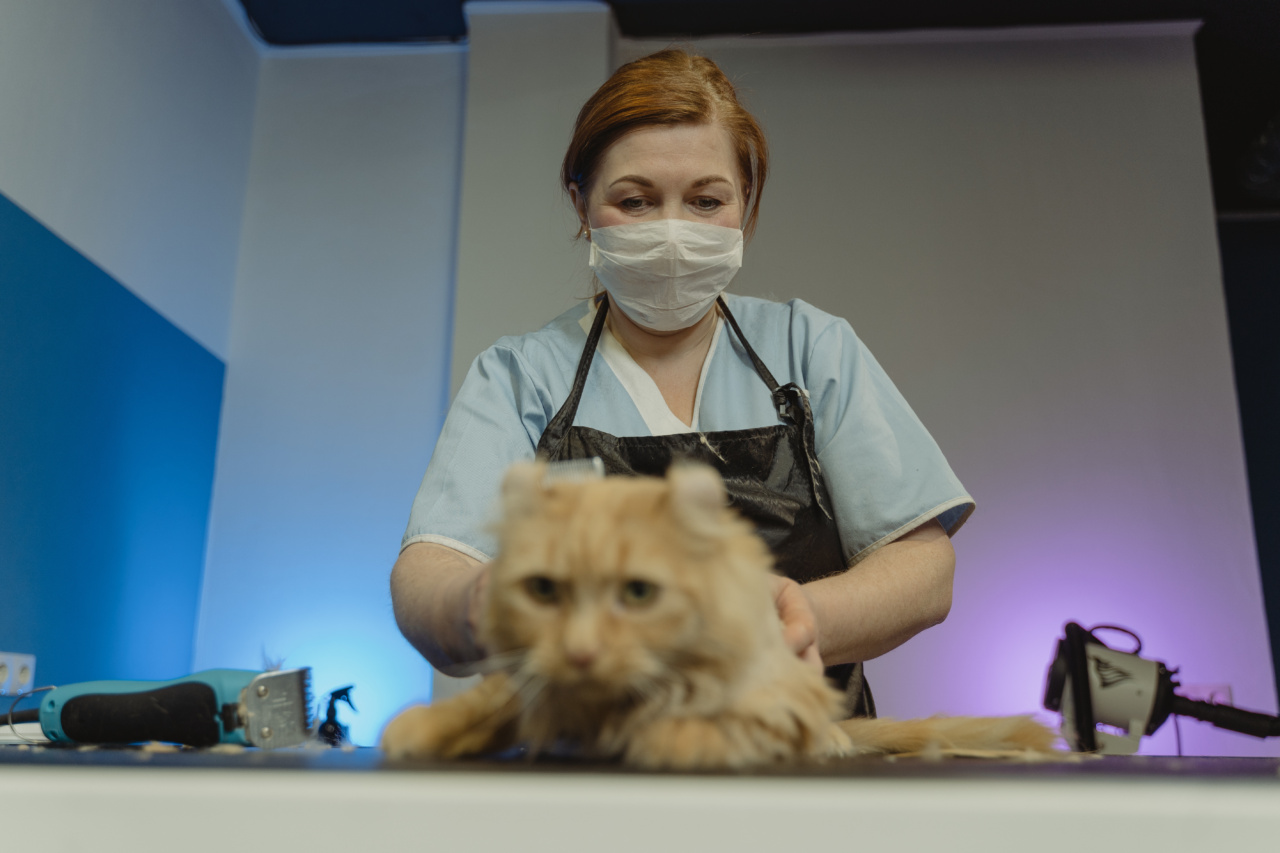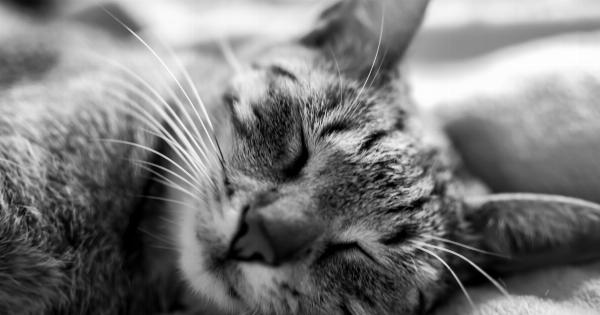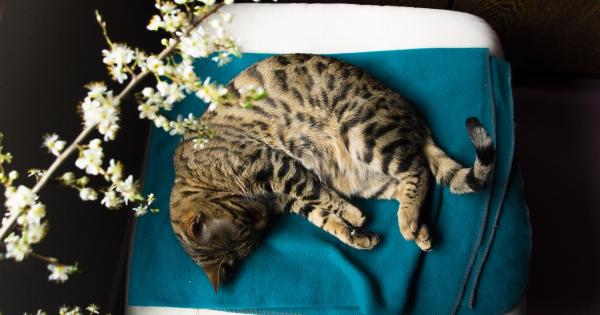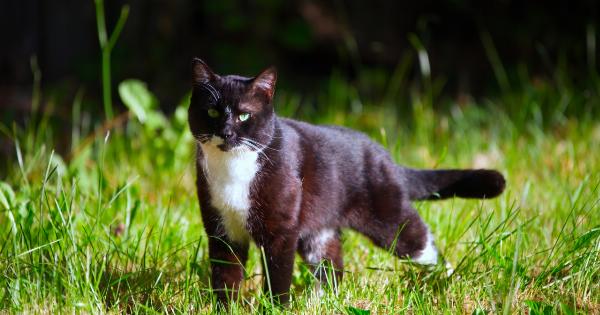Caring for your cat’s hair is essential to keep them healthy, comfortable, and looking their best. Cats are known for their glossy coats, and with the right care, you can help maintain the shine and prevent common issues like matting and shedding.
In this ultimate guide, we will cover everything you need to know about cat hair care, from grooming techniques to choosing the right products.
Understanding Your Cat’s Hair
Before diving into the various aspects of cat hair care, it’s important to understand the basics of feline hair. Cats have two layers of fur – the topcoat, which is made up of long, stiff guard hairs, and the undercoat, which is softer and denser.
The undercoat helps provide insulation and regulate body temperature.
The thickness, length, and color of a cat’s hair depend on various factors, including breed, genetics, and health. Long-haired cats require more effort and care compared to their short-haired counterparts.
Grooming Techniques for Cats
Grooming your cat is not only crucial for their appearance but also for their overall well-being. Here are some grooming techniques to keep your cat’s hair in top condition:.
Regular Brushing
Brushing your cat’s hair helps remove loose fur, prevents matting, and stimulates blood flow to the skin. The frequency of brushing depends on your cat’s hair length, breed, and shedding patterns.
Most long-haired cats benefit from daily brushing, while short-haired cats may need it less often.
Bathing
Bathing a cat is not always necessary, as they are generally skilled self-groomers. However, certain situations may call for a bath, such as when they have come into contact with something toxic or have a skin condition.
Use cat-specific shampoos and follow proper techniques to avoid stressing your feline friend.
Trimming Nails
Trimming your cat’s nails regularly is important for their overall health and prevents them from becoming too long or sharp. Invest in dedicated cat nail clippers and learn how to safely trim their nails without causing them any discomfort.
Managing Shedding
Cats naturally shed their hair, and it can be a never-ending battle to keep it under control. Regular brushing helps minimize shedding by removing loose fur before it ends up on your furniture and clothes.
Additionally, a healthy diet with proper nutrition can reduce excessive shedding.
Dealing with Mats and Tangles
Matting occurs when loose hair tangles and forms clumps. It is more common in long-haired cats but can also affect certain areas in short-haired cats. Regular brushing and keeping your cat’s hair clean can help prevent mats.
For persistent mats, it is advisable to seek professional grooming assistance to avoid causing any discomfort or harm.
Addressing Hairballs
Hairballs are a common issue for cats, as they ingest loose fur while grooming. While occasional hairballs may not be a cause for concern, frequent or severe hairballs can lead to digestive issues.
Regular brushing helps minimize the amount of fur your cat ingests, and certain hairball control products can aid digestion and reduce hairball formation.
Choosing the Right Cat Hair Products
When it comes to cat hair care products, there are plenty of options available. Here are the key products to consider:.
Hairbrushes and Combs
Invest in high-quality brushes and combs specifically designed for cats. Slicker brushes, bristle brushes, and wide-toothed combs are commonly used for grooming.
Shampoos and Conditioners
Choose cat-specific shampoos and conditioners that are gentle on their skin and coat. Look for products that address specific issues like dry skin or excessive shedding, if necessary.
De-Shedding Tools
De-shedding tools like grooming gloves and shedding brushes are great for removing loose fur from your cat’s coat. These tools capture the hair effectively without causing any discomfort.
Hairball Prevention Treats
Hairball prevention treats and supplements can help reduce the formation of hairballs in your cat’s digestive system. Consult your veterinarian for the best options for your specific cat.
Healthy Diet and Supplements
A well-balanced and nutritious diet is vital for maintaining healthy skin and coat. Look for cat food that contains essential fatty acids and consult your veterinarian about any necessary supplements.
Conclusion
Keeping your cat’s hair well-groomed is an essential part of their care routine. Regular brushing, managing shedding, addressing mats and hairballs, and using the right products are key to maintaining a healthy and beautiful coat.
Remember, each cat is unique, so adapt your grooming routine and product choices based on their specific needs. With proper hair care, your feline friend will not only look fabulous but also feel comfortable and happy.






























